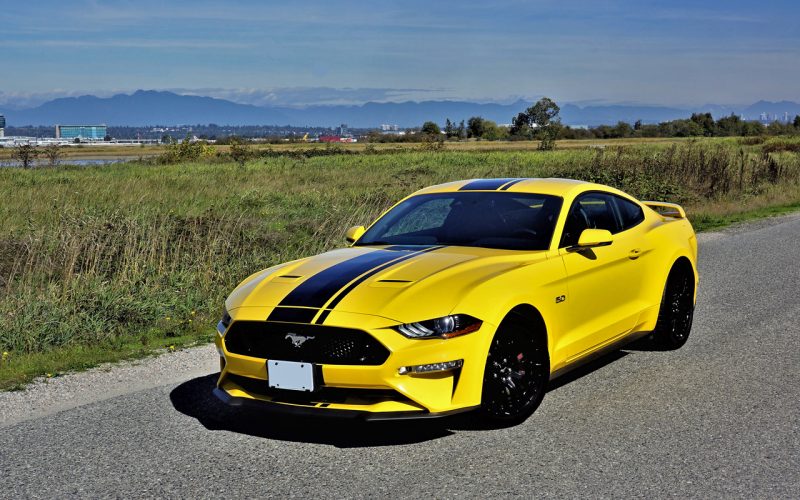
Reading Time: 12 minutesYou’re looking at the only car in Ford’s lineup not scheduled for cancellation within the next
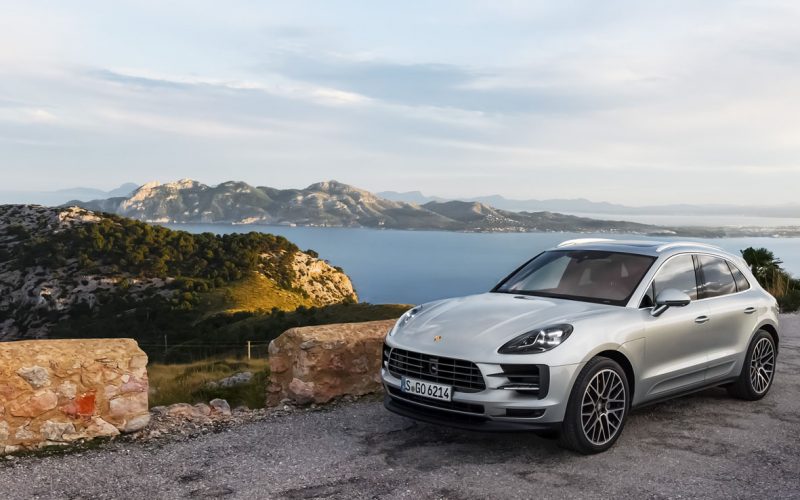
Reading Time: 5 minutesWe covered the refreshed 2019 Macan when it was first introduced last summer, but Porsche didn’t
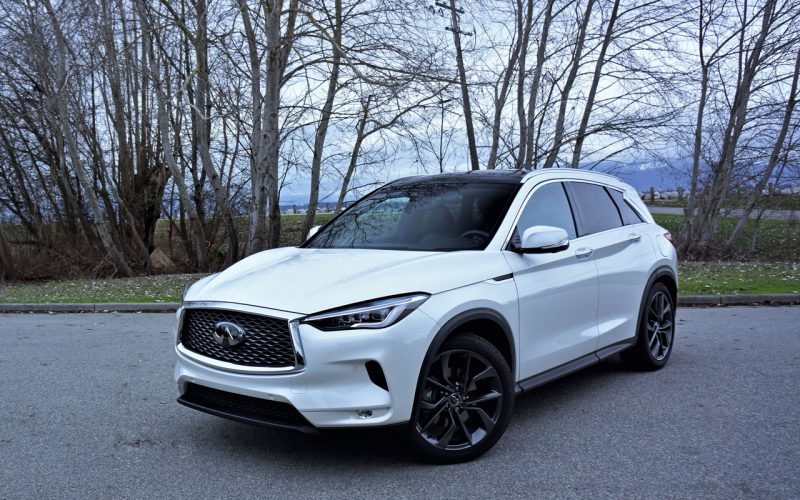
Reading Time: 8 minutesConsidering how important the compact luxury SUV segment is within the entire auto sector, what took
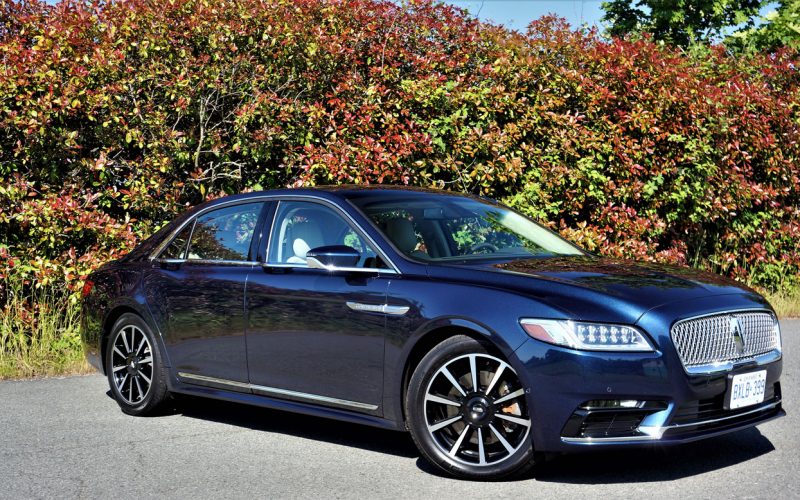
Reading Time: 12 minutesLast year Lincoln Motor Company did something it’s never been able to do before, impress me.
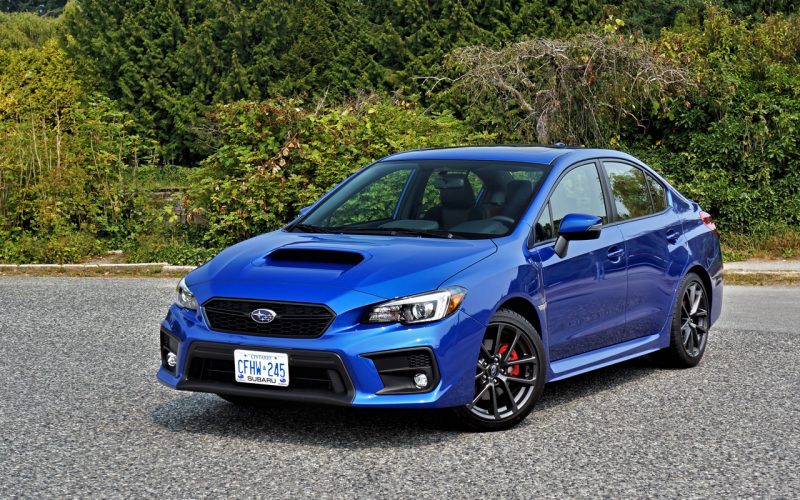
Reading Time: 8 minutesIt only seems like we reviewed the 2018 WRX yesterday and all of a sudden the
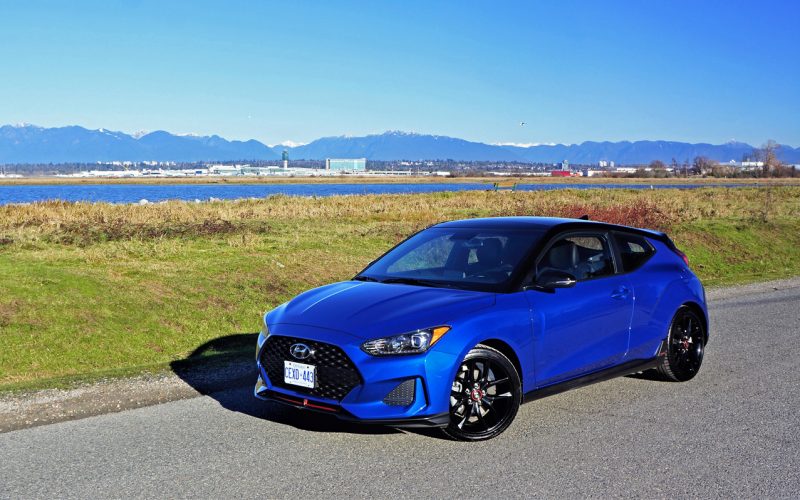
Reading Time: 6 minutesWith the Genesis Coupe now long gone, and Genesis itself becoming a standalone luxury brand, this
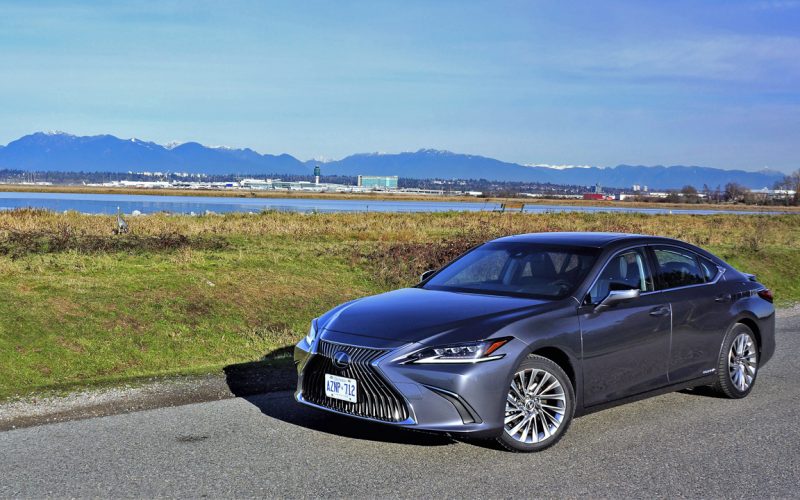
Reading Time: 6 minutesLexus is in the unique position of offering the North American luxury market two premium sedans
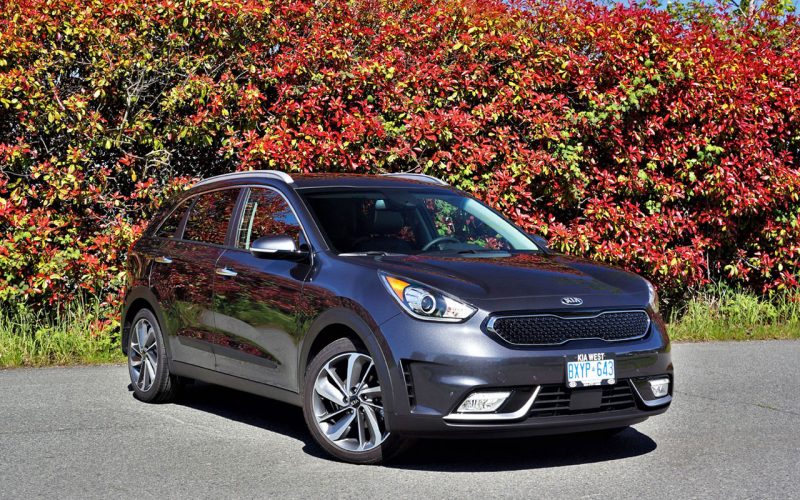
Reading Time: 11 minutesKia is no stranger to electrified vehicles. It currently offers the Optima Hybrid in both regular
© 2025 The Car Magazine. All Rights Reserved, Privacy Policy | Terms of Use